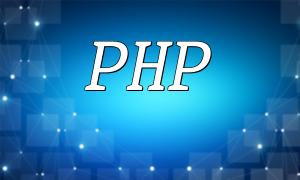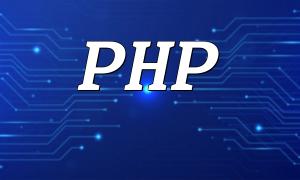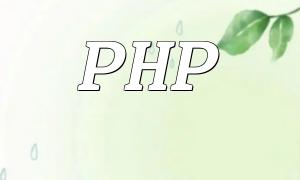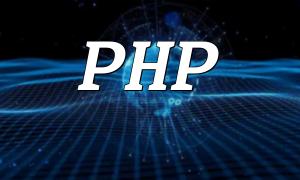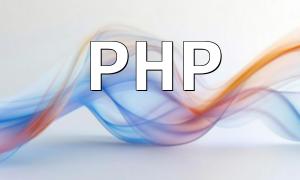With the rapid growth of the internet, the demand for website and application development is increasing. MVC (Model-View-Controller) is a classic design pattern that has been widely adopted in web development. As a powerful server-side scripting language, PHP offers various frameworks to implement the MVC pattern. This article will dive into how to efficiently achieve MVC development using the PHP8 framework.
MVC is a software design pattern that divides an application into three main components: Model, View, and Controller. The Model handles data processing and storage, the View is responsible for displaying the user interface, and the Controller processes user input and determines data flow. By separating these concerns, MVC increases code reusability, maintainability, and scalability.
PHP8 brings enhanced functionality and performance improvements, so selecting the right PHP8 framework is crucial for efficient development. Popular PHP8 frameworks like Laravel, Symfony, and Yii each have their unique features and community support. When choosing a framework, consider the following factors: support for PHP8, community activity, availability of comprehensive documentation and tutorials, and the presence of third-party libraries and plugins.
The file structure of an MVC project is essential for organizing the development process. A well-planned structure improves efficiency and collaboration. Here's an example of a typical MVC project structure:
app/ ├── Controllers │ ├── HomeController.php │ └── ... ├── Models │ ├── User.php │ └── ... ├── Views │ ├── home.php │ └── ... config/ ├── database.php └── ... public/ ├── index.php ├── js/ ├── css/ └── ... vendor/ .env
In a PHP8 framework, routing maps URLs to the appropriate controllers and methods. Frameworks typically provide convenient routing configuration methods, allowing developers to create flexible and user-friendly URL schemes. The controller is responsible for handling business logic, calling models, and rendering views. Controllers play a central role in the MVC architecture.
Models are responsible for data access and manipulation within the MVC structure. In PHP8 frameworks, models typically represent database tables and provide CRUD (Create, Read, Update, Delete) operations. By using models, developers can easily interact with the database and handle data logic.
The View component handles the user interface. In PHP8 frameworks, views are generally rendered using template engines, allowing data and presentation logic to be separated. Template engines improve the reusability and maintainability of pages. Layout files help manage the overall structure of pages, making development more efficient.
Configuration files and environment variables are essential for managing projects in PHP8 frameworks. Configuration files store settings for database connections, caching, error handling, etc., while environment variables allow developers to distinguish between development and production environments, simplifying deployment and maintenance.
PHP8 frameworks provide comprehensive error handling and logging features. Proper error handling helps developers quickly pinpoint issues, while logging provides valuable insights for project maintenance and monitoring.
Implementing efficient MVC development with PHP8 frameworks not only enhances development speed but also improves code quality. Key steps include planning the project structure, choosing the appropriate framework, defining clear routes and controllers, designing effective models and views, and configuring the environment and logging. We hope this article helps developers better understand and apply the MVC development pattern.

